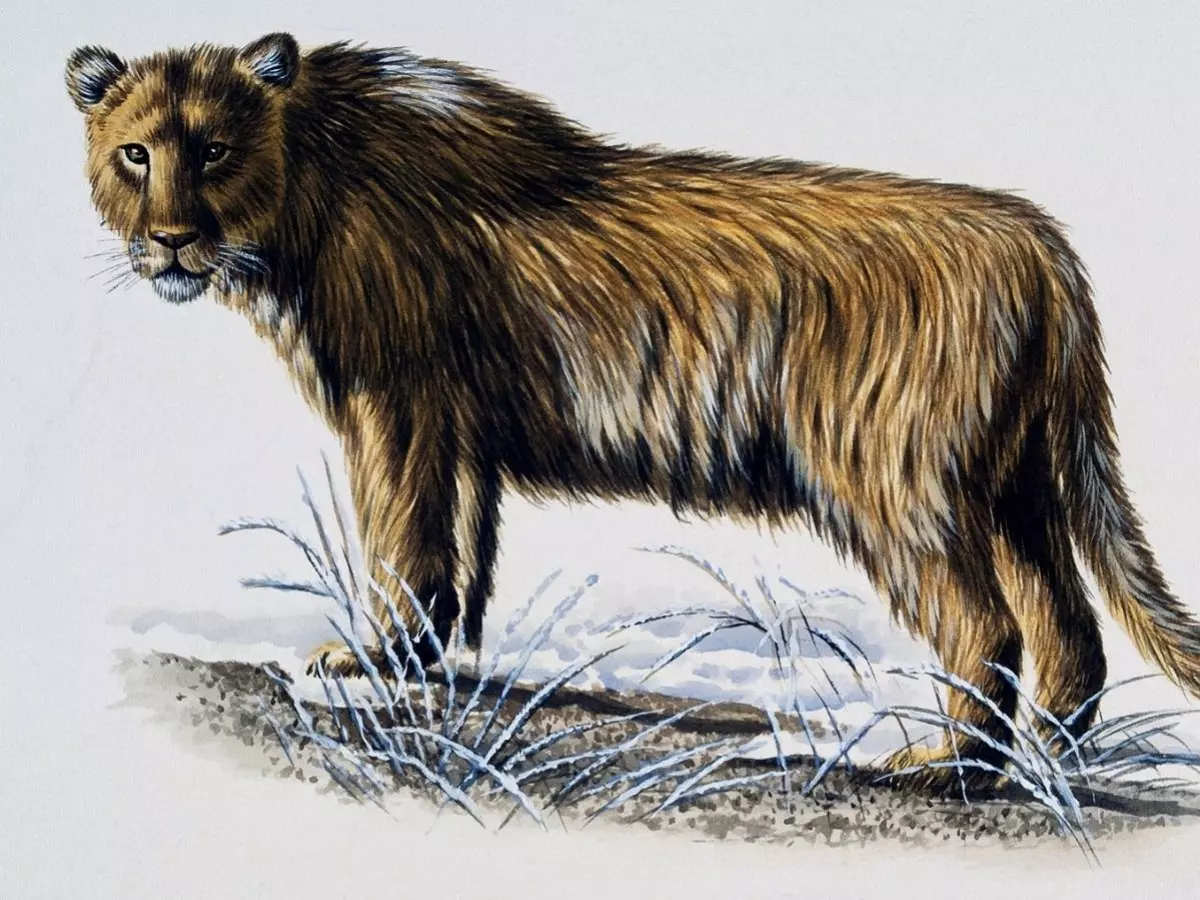Scientists Find Billion-Year-Old Fossil That Can Unlock Mystery Of Animal Evolution
Scientists have discovered a billion-year-old fossil in the highlands of Scotland which could prove to be a new link in the evolution of animals. Researchers from the University of Sheffield in the UK and Boston College in the USA found a microfossil which contains two distinct cell types. The fossil which has been named Bicellum Brasieri in a new research paper published in Current Biology reveals new insight into the transition of single celled...Read More

Scientists have discovered a billion-year-old fossil in the highlands of Scotland which could prove to be a new link in the evolution of animals.
 The fossil was found at Loch Torridon in the northwest Scottish Highlands | Credit: Getty Images
The fossil was found at Loch Torridon in the northwest Scottish Highlands | Credit: Getty Images
Researchers from the University of Sheffield in the UK and Boston College in the USA, found a microfossil which contains two distinct cell types and could be the earliest multicellular animal ever recorded.
The fossil, which has been named Bicellum Brasieri in a new research paper published in Current Biology, reveals new insight into the transition of single celled organisms to complex multicellular animals.
 The fossil has been named Bicellum Brasier | Credit: Paul Strother/ University of Sheffield
The fossil has been named Bicellum Brasier | Credit: Paul Strother/ University of Sheffield
Professor Charles Wellman, one of the lead investigators of the research from the University of Sheffield, said that the evolution of multicellular animals had occurred at least one billion years ago and the study suggests the earliest forms of life on Earth may have occurred in freshwater like lakes rather than the ocean.
¡°The origins of complex multicellularity and the origin of animals are considered two of the most important events in the history of life on Earth, our discovery sheds new light on both of these,¡± he said in a statement.
¡°We have found a primitive spherical organism made up of an arrangement of two distinct cell types, the first step towards a complex multicellular structure, something which has never been described before in the fossil record,¡± Wellman added.
 Location map and geological section at Lower Diabaig where fossil was found | Paul Strother/ University of Sheffield
Location map and geological section at Lower Diabaig where fossil was found | Paul Strother/ University of Sheffield
The fossil was found at Loch Torridon in the Northwest Scottish Highlands. Scientists were able to study the fossil due to its exceptional preservation, allowing them to analyse it at a cellular and subcellular level.
Professor Paul Strother from Boston College, added: ¡°Biologists have speculated that the origin of animals included the incorporation and repurposing of prior genes that had evolved earlier in unicellular organisms.
¡°What we see in Bicellum is an example of such a genetic system, involving cell-cell adhesion and cell differentiation that may have been incorporated into the animal genome half a billion years later.¡±
The research team now hopes to examine the Torridonian deposits for more interesting fossils which could provide more insight into the evolution of multicellular organisms.
